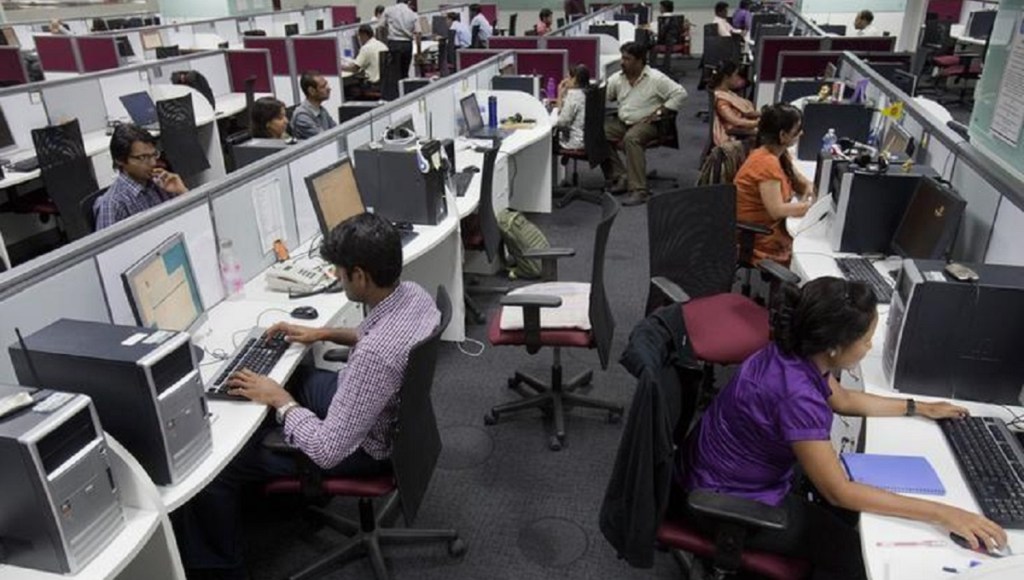Services activity in India in February grew at the fastest pace in 12 years, with S&P Services PMI jumping to 59.4 from 57.2 in the previous month, helped by new order inflows and strong sales. February Services PMI rose against Reuters poll expectation of a fall to 56.2. Meanwhile, capacity pressures remained mild and jobs increased only marginally. This is while input cost inflation declined to a 29-month low. Courtesy a substantial moderation in cost pressures, input prices increased at the slowest pace in nearly two-and-a-half years, and output charge inflation softened to a 12-month low.
“The service sector more than regained the growth momentum lost in January, posting the sharpest expansion in output for 12 years as demand resilience and competitive pricing policies underpinned the joint best upturn in sales over the same period,” said Pollyanna De Lima, Economics Associate Director, S&P Global Market Intelligence.
Why the growth?
According to S&P Global, new orders placed with service providers rose in February and several firms suggested that competitive pricing boosted sales. Further, consumer services was the best-performing area in the month and registered the fastest increase in new orders. Even as the service providers faced a further increase in their expenses (higher food, material, transportation and wage costs) during the final fiscal quarter, the rate of input price inflation moderated to a 29-month low. It also maintained that only 4 per cent of services companies transferred cost increases to their clients and subsequently, the overall rate of charge inflation eased to a 12-month low.
Price pressures ease on service providers
“The latest PMI results showed the slowest increases in input prices and selling charges in 29 and 12 months respectively, with rates of inflation below their long-run averages in both cases.,” said Pollyanna De Lima. Talking about the reduced price pressures, Rahul Bajoria, MD & Head of EM Asia (ex-China) Economics, Barclays, said, “The reduced services price pressures will likely provide some comfort to policymakers, but the pass-through to hard data will be key. The manufacturing PMI also showed both output and input prices decelerating, with a dip lower in pricing power for goods.”
Also employment increased further in February, stretching the current sequence of expansion to nine months; however, the rate of job creation was only marginal. “The degree of optimism recorded in February was the lowest for seven months and below the historical trend as some companies doubted demand would remain this resilient. Others displayed concerns surrounding fierce competition for new work,” Lima said.
Meanwhile, the S&P Global India Composite PMI Output Index — which measures combined services and manufacturing output — rose from 57.5 in January to 59.0 in February. This highlighted a sharp and stronger rate of expansion, and that growth was stronger in services tha in manufacturing.
“The acceleration in the services PMI was in contrast to the manufacturing PMI, which slowed m/m, though remaining in expansion. The slight easing in manufacturing, coupled with a larger increase in the services PMI, saw the composite PMI rise to 59.0 from 57.5 in January,” said Rahul Bajoria. The economy is on track for a soft landing in 2023, with GDP growth slowing from 7.0 per cent in FY 2022-23, to 6.0 per cent in FY 2023-24, he said.


